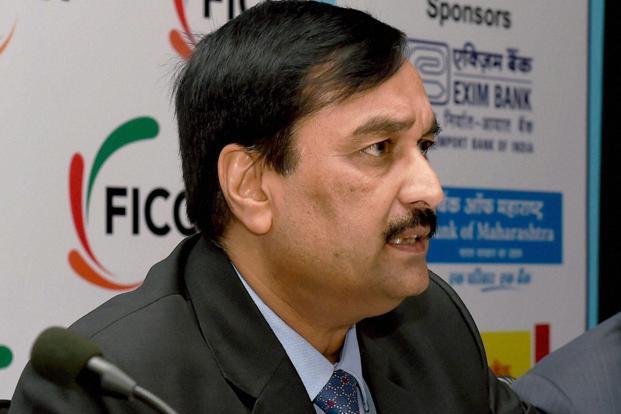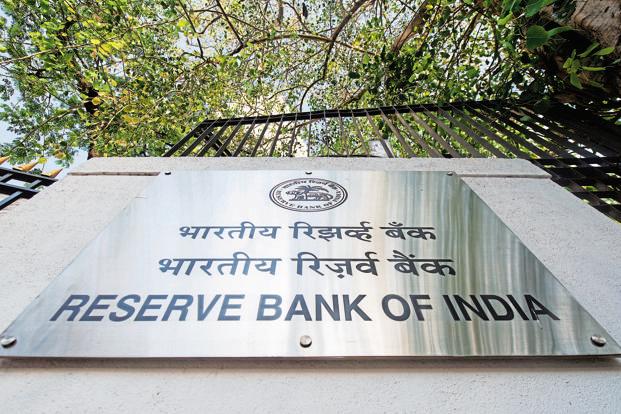As expected by a large segment of the market, Reserve Bank of India (RBI) governor Raghuram Rajan has raised the repurchase, or repo rate—the rate at which the Indian central bank infuses short-term liquidity in the system—by a quarter percentage point to 7.75% and cut the marginal standing facility (MSF) rate by an identical margin to 8.75%. Banks can borrow only up to half a per cent of their deposit liabilities from the repo window and over and above that they borrow from MSF at a higher rate.
While there is no surprise in the RBI’s second quarter monetary policy review unveiled on Tuesday, the key takeaway from the review is that there could be more rate hikes in the future. The policy document makes that abundantly clear when it says, “Overall WPI (Wholesale Price Index) inflation is expected to remain higher than current levels through most of the remaining part of the year, warranting an appropriate policy action.”
Wholesale inflation rose to its four-month high of 6.46% in September and if indeed it remains at the elevated level, the “appropriate policy action” will be more rate hikes.
Will RBI go for another round of repo rate hike in December to 8% and yet another later to 8.25%? Or, will it stop at only one more rate hike? It’s difficult to say at this juncture and it will depend on the trajectory of inflation. The RBI document also says the retail inflation will remain “around or even above 9% in the months ahead” in absence of policy actions. So, it is certain that there will be more policy action in coming days. The retail inflation rose to 9.84% in September from 9.52% in August.
The other important policy action in the review is an increase in the quantum of money available to the banks from the newly introduced term-repo market. RBI introduced a seven-day and 14-day repo in the second week of October. The money available through this route was capped at a quarter per cent of banks’ deposit liabilities. Now, this has been lifted to half a per cent of banks’ deposit liabilities.
So, banks now can borrow up to half a per cent of their deposits from the repo window at 7.75% and another half a per cent from refinance window at the same rate. If they need to borrow more, they will have to approach the MSF window where they are required to pay 8.75%. They can also borrow money equivalent to half a per cent of their deposits from the term-repo window where the rate is decided on a bidding process, but typically it is higher than the repo rate but lower than the MSF rate.
By cutting MSF and raising the repo rate by an identical margin, RBI has restored the so-called liquidity adjustment facility (LAF) corridor—the 1 percentage point gap between the two. But it has not lifted the cap on bank borrowing through the repo window. As a result of this, there is no clarity on whether the effective policy rate is the repo rate or the MSF rate.
This is because when liquidity is too tight, banks will be forced to borrow from the MSF window and the MSF rate (8.75%) will be policy rate, but when the scarcity of money is not too much and banks’ borrowing is restricted to the repo window, repo (7.75%) will be the policy rate. The term-repo rate will veer between the two and so will the overnight call money rate.
While it is fairly certain that there will be more rate hikes, as long as RBI keeps the cap on banks’ borrowing from its repo window, India policy rate will continue to suffer from an identity crisis. It will swing between the repo rate and MSF rate and even take the shape of term-repo rate, depending on the level of liquidity in the system.



